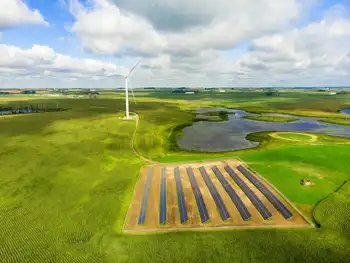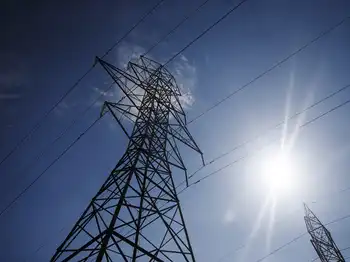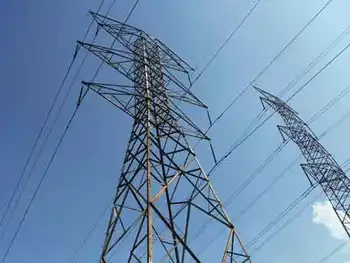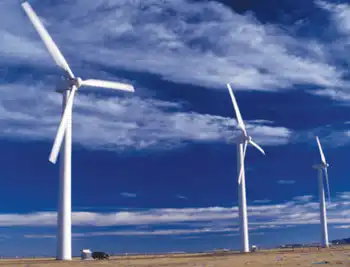Billions needed for infrastructure
But Pierre Guimond wouldnÂ’t say exactly how much that massive investment is likely to cost consumers and businesses on their hydro bills.
Rising bills have been drawing anger from some consumers, and are being used by the Conservatives to attack the Liberals in the run-up to this fallÂ’s provincial election.
Guimond insisted in a speech to the Economic Club of Canada that “electricity is still a bargain” at current prices.
But he warned that prices canÂ’t stay where they are.
Investment in the power system has slowed significantly in the past 20 years, Guimond said.
“During this time, government and the electricity industry shifted their attention to keeping electricity prices as low as possible for customers,” he said.
Now, equipment is wearing out and has to be replaced, he said, triggering the need for heavy investment.
Asked afterward how much consumers should expect to pay if investment ramps up, he replied, “I don’t know what the answer is to that question, but we should be paying for the most reliable, low-cost system that’s environmentally sound that we can afford.”
Ontario isn’t alone, he said. “Right across North America over the next two decades, we’ll be paying more for electricity.”
Ontario has already signaled that investment and prices are heading higher.
Its long-term energy plan, released last year, projects investment of $87 billion over the next 20 years in the electricity system.
A typical monthly hydro bill of $114 in 2009 will by $218 by 2021, the province projects. ThatÂ’s the equivalent of $172 in todayÂ’s dollars, if inflation is factored out.
The electricity association represents companies that generate and deliver electricity.
Guimond says cost increases are inevitable.
“The cost of everything is much higher than when we first built the system,” he said.
Transformers used to be built in North America, for example, and could be expected to last 40 years, he said. Now theyÂ’re built offshore.
“They don’t last as long as the ones we used to have, and they cost a lot more,” he said.
Guimond says he expects nuclear and hydropower to remain the workhorses of the power system.
Ontario is investing heavily in renewables such as solar, wind and gas made from plant waste.
But Guimond said itÂ’s still difficult to integrate big volumes of renewable power into the system, since it can be highly variable, and often is produced when itÂ’s least needed.
“There’s a technical dimension to this,” he said. “The Europeans are struggling with it, the Americans are struggling with the same issues.”
Related News

From smart meters to big batteries, co-ops emerge as clean grid laboratories
WASHINGTON - Minnesota electric cooperatives have quietly emerged as laboratories for clean grid innovation, outpacing investor-owned utilities on smart meter installations, time-based pricing pilots, and experimental storage solutions.
“Co-ops have innovation in their DNA,” said David Ranallo, a spokesperson for Great River Energy, a generation and distribution cooperative that supplies power to 28 member utilities — making it one of the state’s largest co-op players.
Minnesota farmers helped pioneer the electric co-op model more than a century ago, pooling resources to build power lines, transformers and other equipment to deliver power to rural parts of the state. Today, 44 member-owned electric co-ops…





